Bee
-
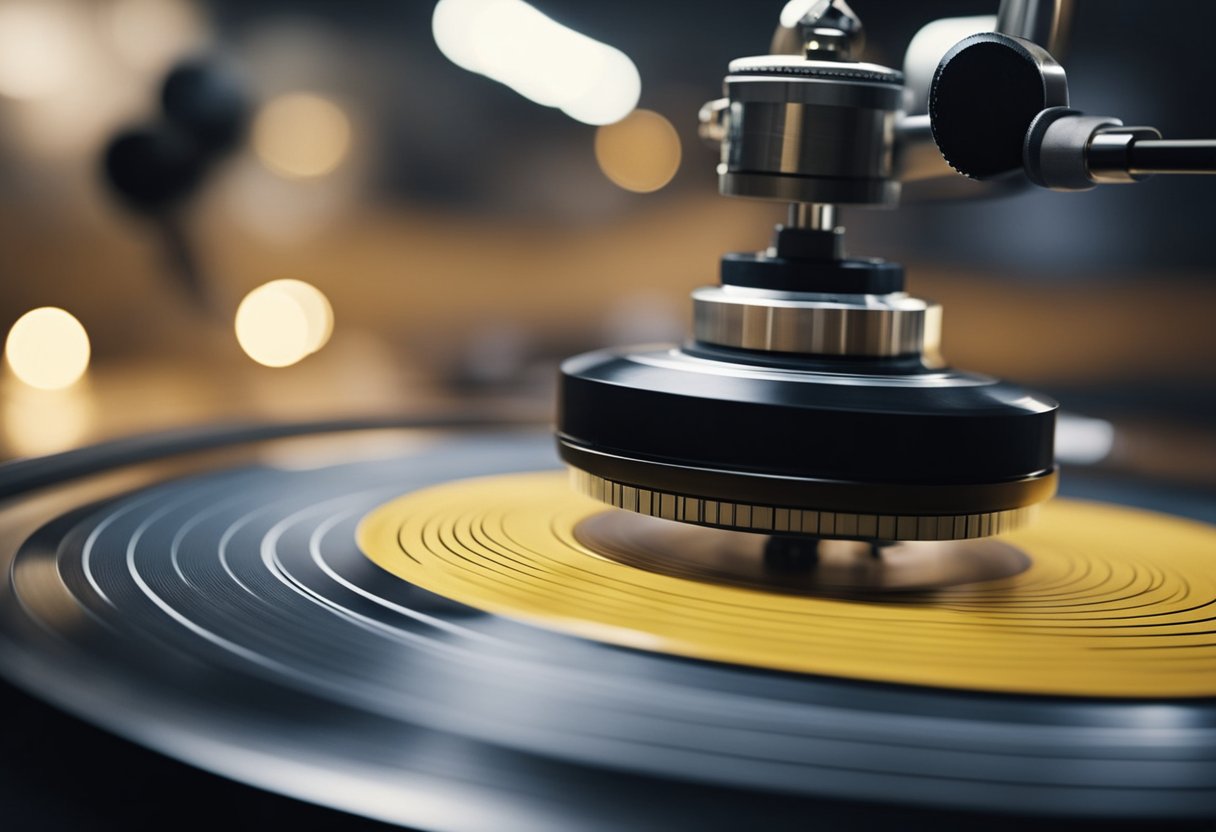
Can You Record on Vinyl? Exploring the Possibilities
If you’re interested in recording on vinyl, there are a few things you should know. First, it’s important to understand that vinyl recording is a physical process. Unlike digital recording, which captures sound as a series of 0s and 1s, vinyl recording requires a physical groove to be cut into a vinyl disc. To record…
-
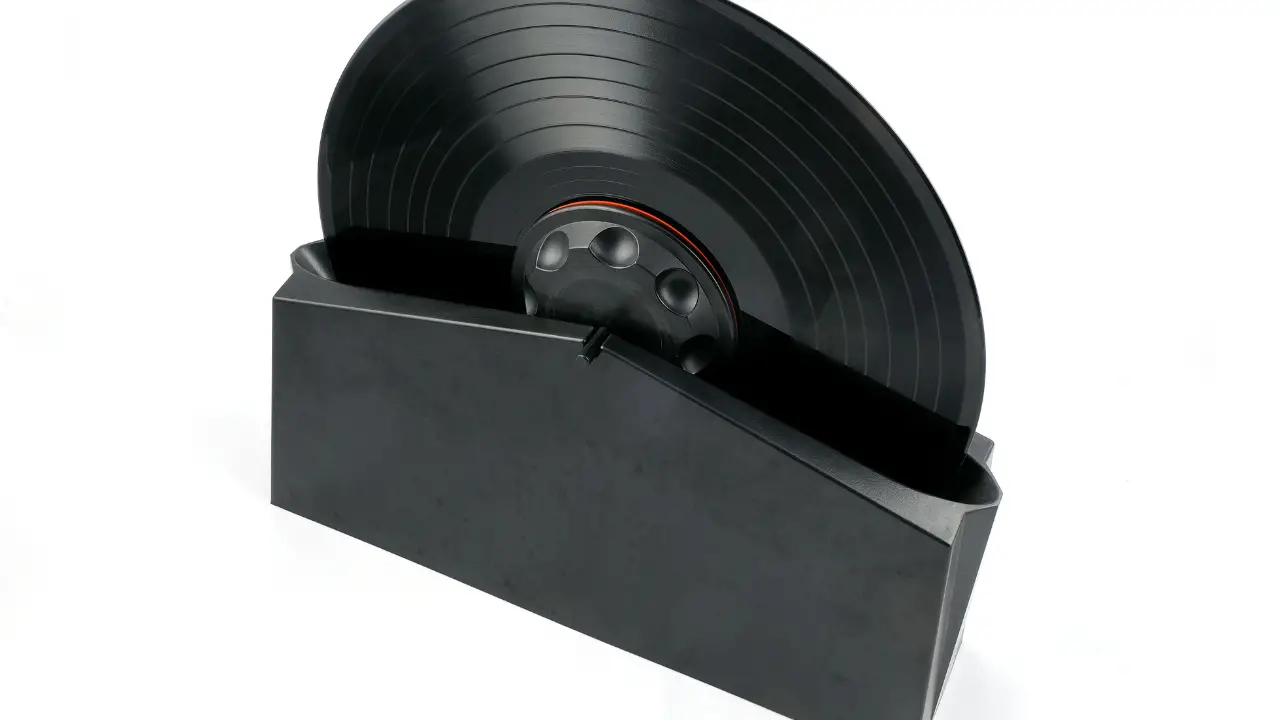
Best Vinyl Record Cleaning Machine
Vinyl records are a classic way of enjoying music, but they require proper maintenance to ensure that they last for a long time. One of the essential steps in vinyl record maintenance is cleaning. While there are many ways to clean vinyl records, using a vinyl record cleaning machine is one of the most effective…
-
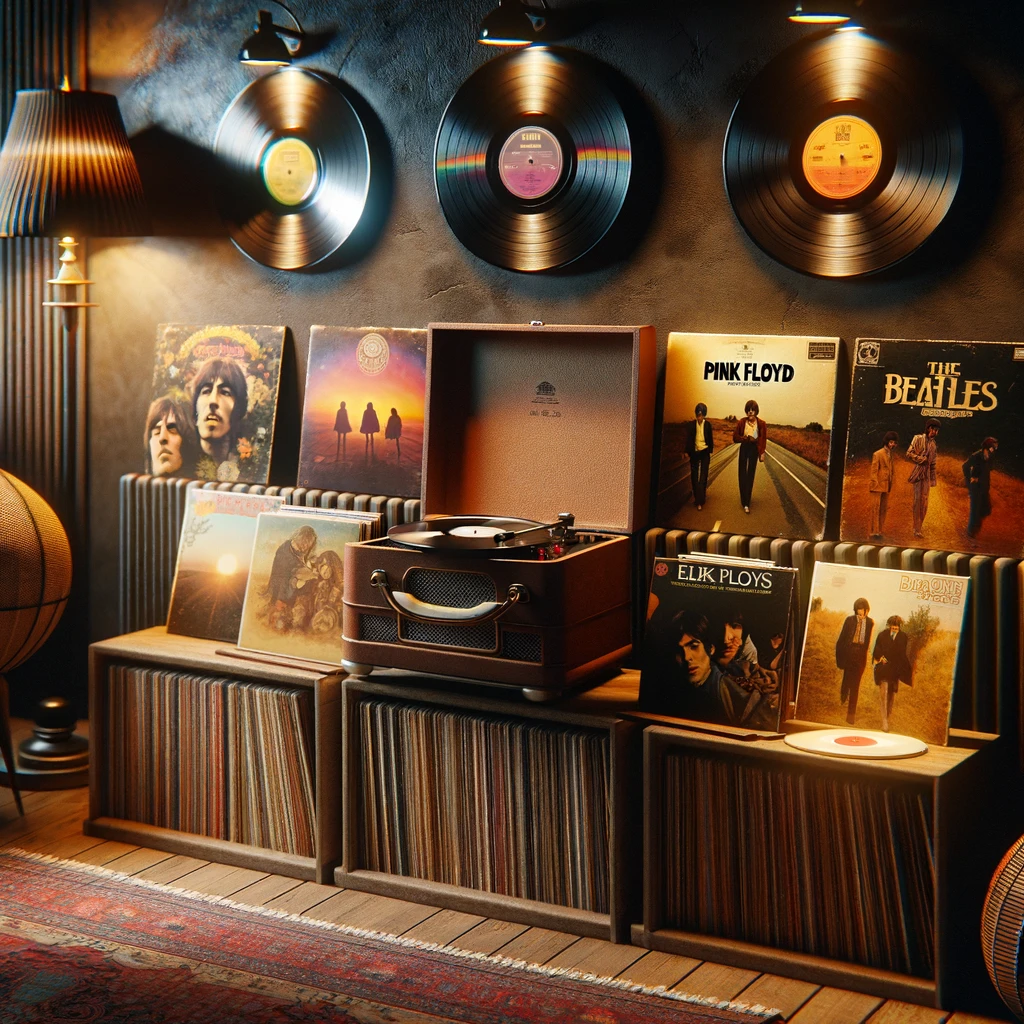
Vinyl Records That Are Worth the Most Money
If you’re a music lover and a collector, you might be interested in knowing which vinyl records are worth the most money. Vinyl records have made a comeback in recent years, with sales increasing year after year. In 2021, vinyl album sales reached 41.72 million, up 51.4% from the previous year, marking the 16th consecutive…
-
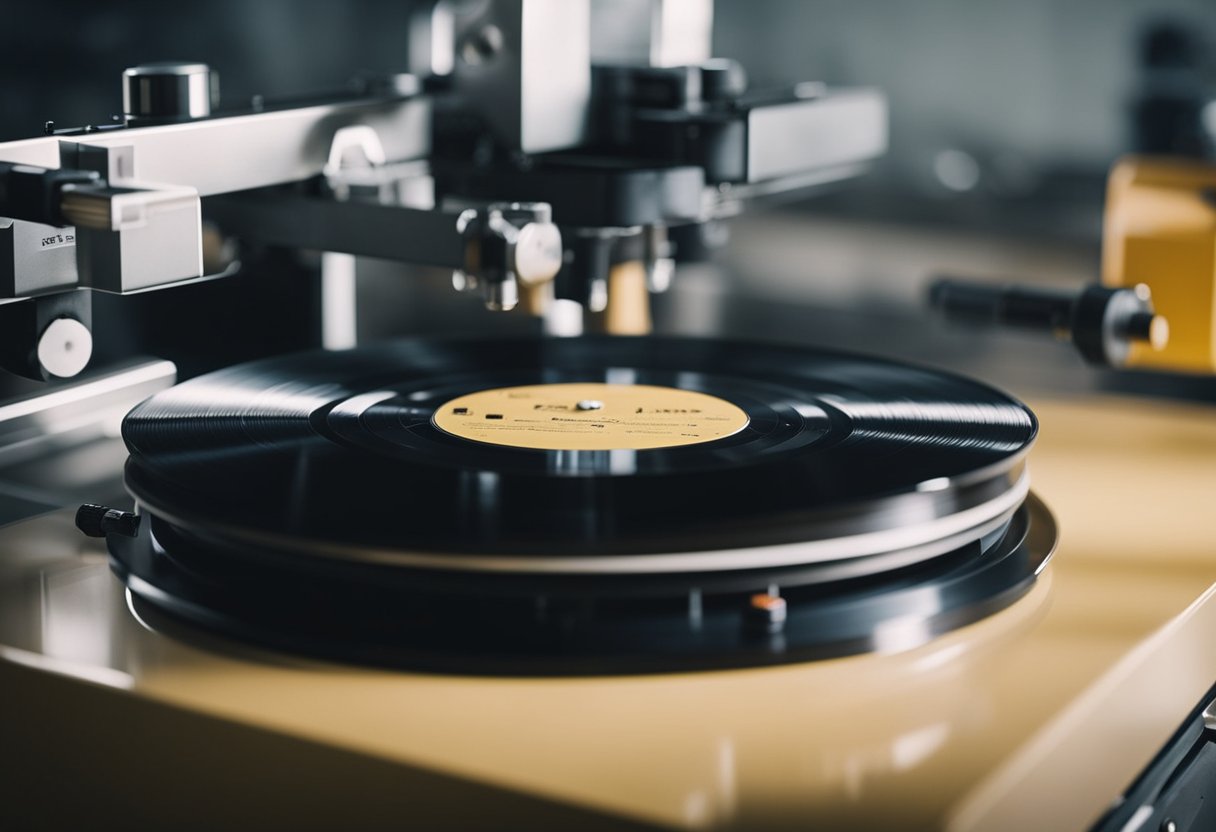
DIY Vinyl Cleaning: Homemade Recipes for Crystal-Clear Sound
If you’re an avid vinyl collector, you know how important it is to keep your records clean. Dust, dirt, and other debris can get into the grooves and affect the sound quality of your favorite albums. While there are plenty of commercial vinyl cleaning solutions available, they can be expensive and often contain harsh chemicals…
-
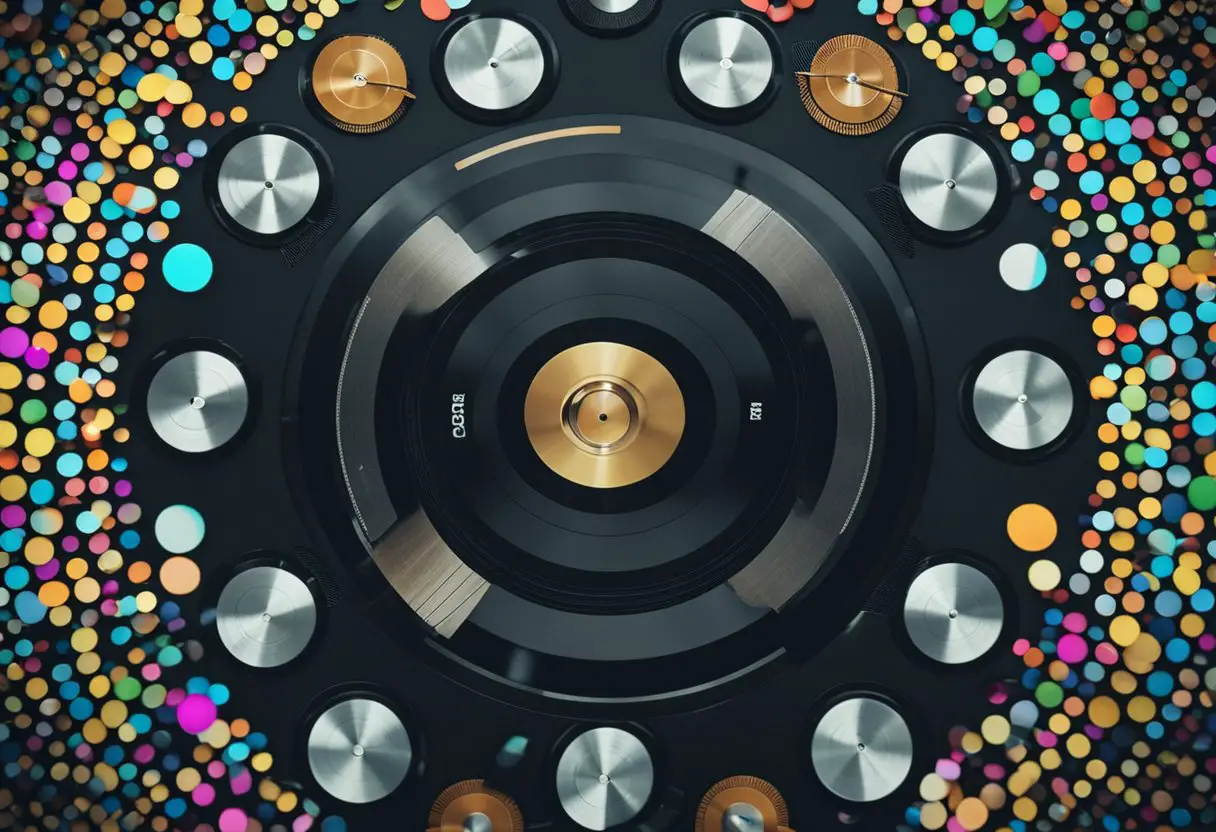
Vinyl Collector’s Glossary
If you’re new to vinyl record collecting, you might be overwhelmed by the terminology used in the hobby. From LPs to 45s, from grooves to pressing, there’s a lot of jargon to learn. But don’t worry – with this glossary, you’ll be able to navigate the world of vinyl record collecting with ease. First, let’s…
-
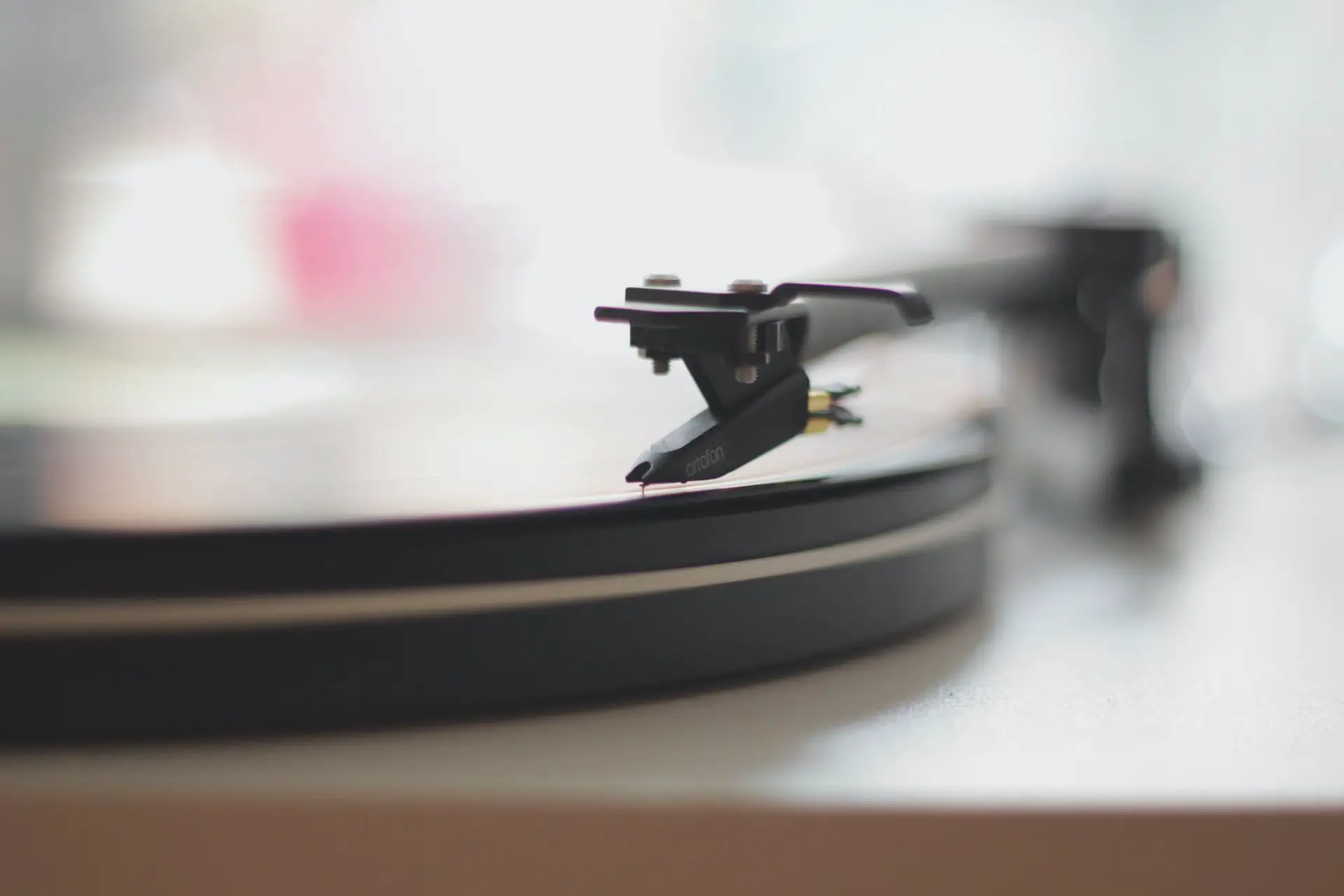
How Often Should You Change Your Stylus?
If you’re an avid vinyl listener, you know that your stylus, also known as the needle, is a crucial component of your turntable setup. It’s responsible for reading the grooves on your records and translating them into sound. But how often should you change your stylus to keep your setup in optimal condition? According to…
-
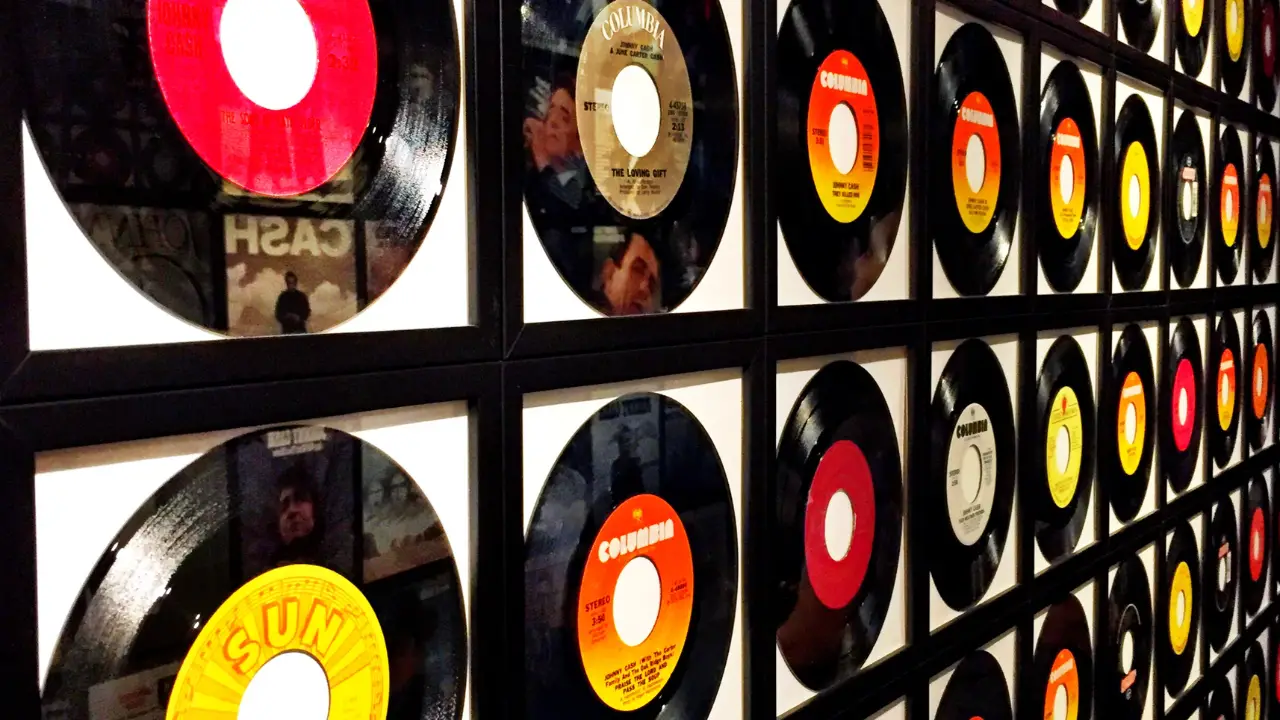
Creative DIY Art: Upcycling Old Vinyl Records
Are you a vinyl record collector with a pile of old and unplayable records taking up space in your home? Don’t toss them out just yet. With a little creativity and some DIY skills, you can turn those old records into unique and eye-catching pieces of art. Vinyl record art projects are a fun and…
-
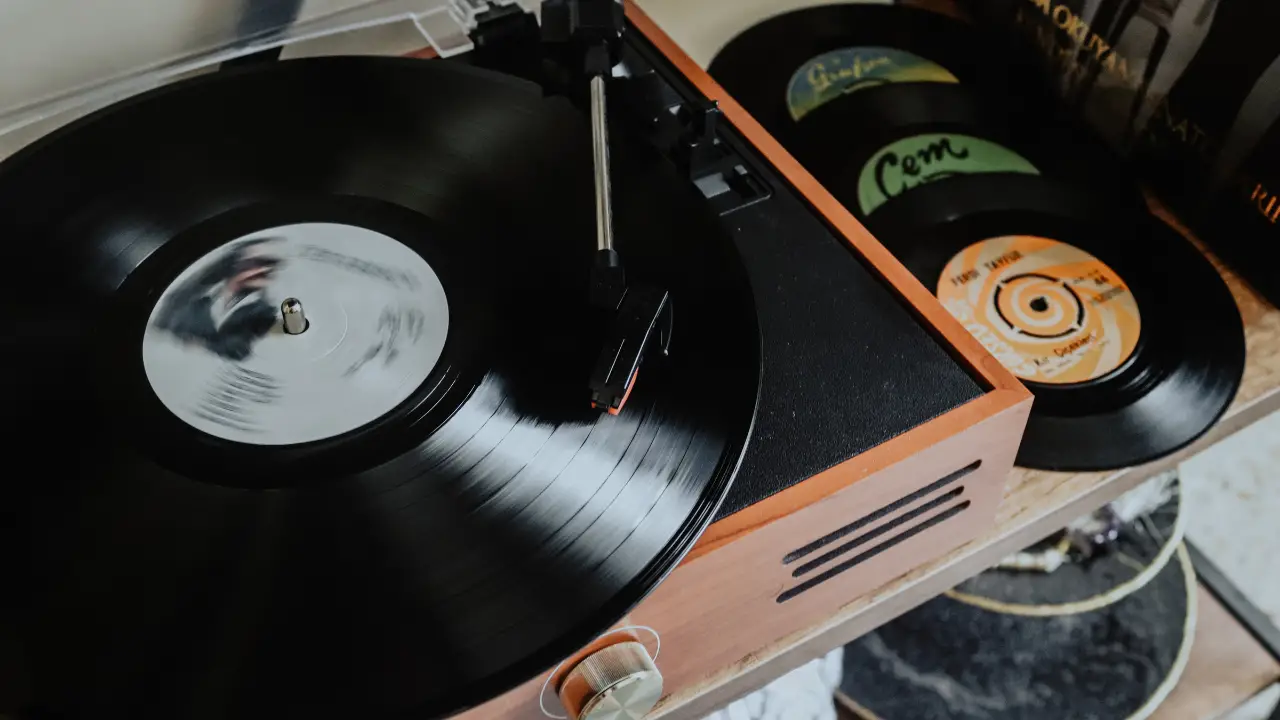
Can a Bad Stylus Damage a Record?
If you’re a vinyl enthusiast, you’re probably aware of the importance of keeping your records in pristine condition. Scratches, dust, and dirt can all affect the sound quality of your music. But what about the stylus? Can a bad stylus damage a record? The answer is yes. A worn or damaged stylus can cause irreparable…
-
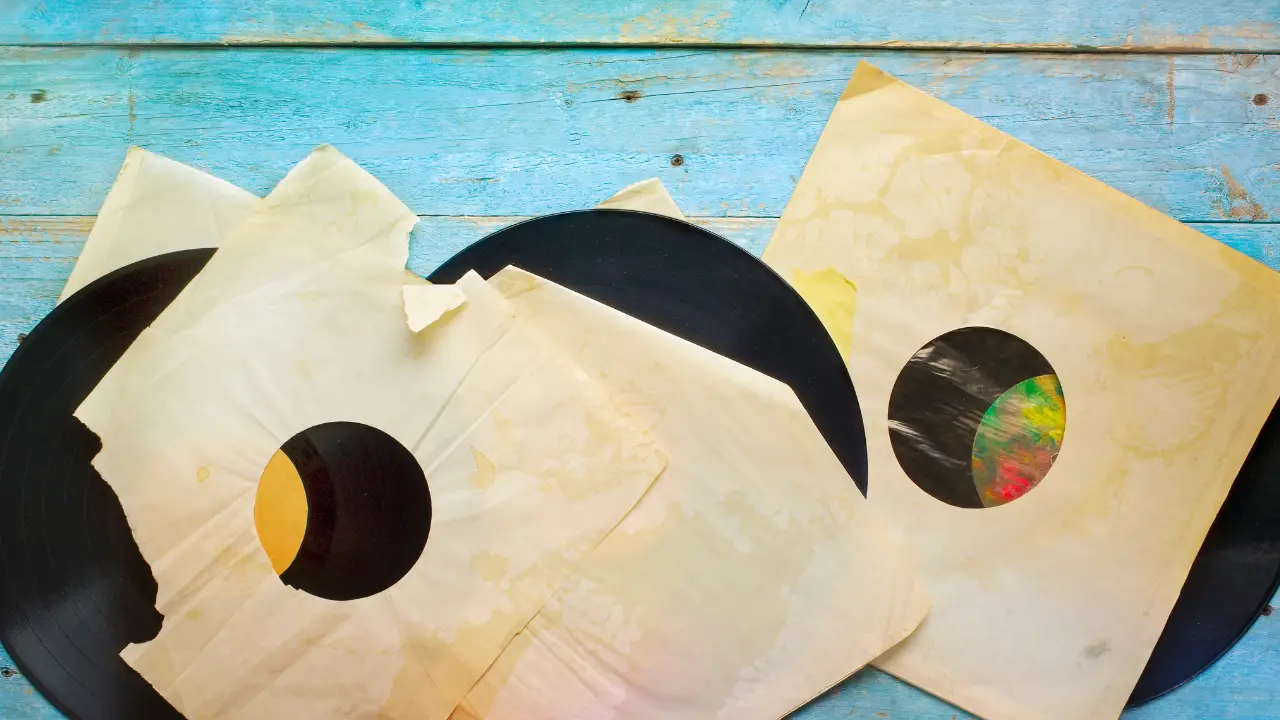
Vinyl Preservation 101: Understanding the Role of Inner Sleeves and Outer Sleeves
If you’re a vinyl collector, you know how important it is to preserve your records. Even a small scratch or speck of dust can affect the sound quality of your vinyl. That’s why it’s crucial to use inner and outer sleeves to protect your records from damage. In this article, we’ll explore the role of…
-

Vinyl’s Impact on DJ Culture: Mixing and Scratching Exploration
Vinyl records have played a significant role in DJ culture since the early days of hip-hop. Despite the rise of digital music and the convenience of streaming services, many DJs continue to use vinyl records in their performances. This article will explore the influence of vinyl in DJ culture and the role that records play…
